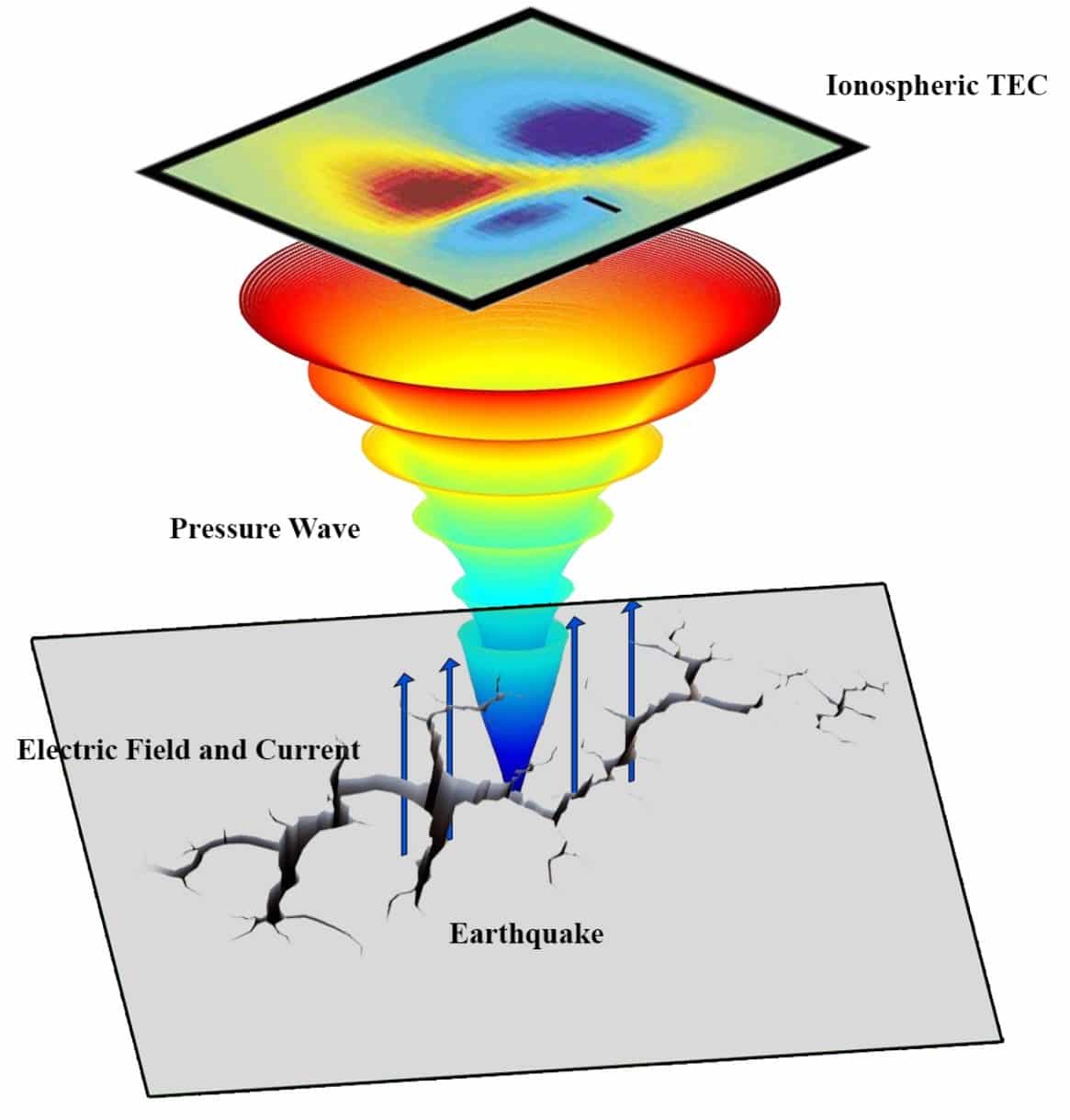A study by researchers at the university examined data from before earthquakes occurred, in order to predict based on past data when conditions exist that increase the likelihood of an earthquake in a certain area according to atmospheric changes

A team of researchers from Mizrah University and R&D, tested whether it is possible to predict strong earthquakes (over 6 Mw), up to 48 hours before their occurrence, by learning the changes in the electron charge density in the ionosphere. According to them, the results are quite surprising. The controversy regarding the actual and reliable ability to predict earthquakes still remains significant. The ability to predict where and when a natural disaster such as an earthquake is likely to occur in a region and at a certain time is still a challenging task for research dealing with early warning and earthquake prediction. Therefore, scientists today are gradually exploring the use of multivariate system analysis techniques from the fields of data mining or machine learning in order to examine future occurrences of earthquake events based on past events.
Preliminary signs of strong earthquakes can appear not only in the underground but also in different layers of the atmosphere* (such as the troposphere* and the ionosphere). Advanced remote sensing technologies have become a valuable tool for monitoring early signs from areas where the stress and deformation field in the subsurface is accumulating deep in the earth's crust, apparently related to strong earthquake events. By monitoring GPS satellite signals received on the ground, it is possible to calculate the total electron charge density in that layer, assuming the signal propagates in the ionosphere.
Continuous monitoring of this parameter can be used as a preliminary marker for earthquakes, since there is a possibility that it is affected by electromagnetic fields or pressure waves created several hours before the earthquake occurs. In this article, the researchers present new results while applying a machine learning technique applied with data from global maps of the electron charge density in the ionosphere, to evaluate potential precursors to earthquakes that have occurred in the last 20 years, which are expressed as disturbances in the electron charge density above the earthquake region. The results of the study indicate that for large earthquakes (> 6 Mw), it is possible to determine with a probability of 85.7% when an earthquake will not occur in the next 48 hours, and with a probability of 80% when an earthquake will occur over a certain area, when studying the changes in charge density The electrons in the ionosphere.
The research was conducted under the leadership of Dr. Yuval Reuvani Researcher and lecturer from the physics department at Ariel University and senior researcher at Mizrah R&D, Dr. Lee-Ad Gottlieb from the Department of Computer Science at Ariel University, Dr. Nimrod Inbar from the Department of Civil Engineering at Ariel University and a researcher at Mizrah R&D, andDoctorate Said Assali from the Department of Computer Science at Ariel University. The research was also funded by the Ministry of Infrastructure and Energy, and the Israel Science Foundation.
- *Eusphere: The ionosphere begins at an altitude of 60-90 km above the earth (varies according to the local time of day) and ends at an altitude of over 1000 km. This is a region in the Earth's atmosphere in the thermosphere layer, where there are free electrons that cause the atmosphere to behave like an electrical conductor.
- *atmosphere: a general name for the gas mantle surrounding a planet or any celestial body of significant mass. The gases are attracted to the body because of its gravity. Each planet has a different atmosphere, both in the composition of the gases it contains, in its density, thickness, height and other characteristics.
- *Troposphere: It is the lowest layer of the atmosphere on Earth, where we live and it contains about 75% of the total mass of the atmosphere. In this layer all climatic processes and most types of clouds are created. As you go higher in the troposphere, the temperature drops (up to about -55 degrees Celsius) and the air pressure also drops (for example, on Everest the air pressure is only about 30% of the pressure at sea level. The height of the layer is about 8 km in most parts of the Earth and The equator it reaches about 18 kilometers.
More of the topic in Hayadan:
